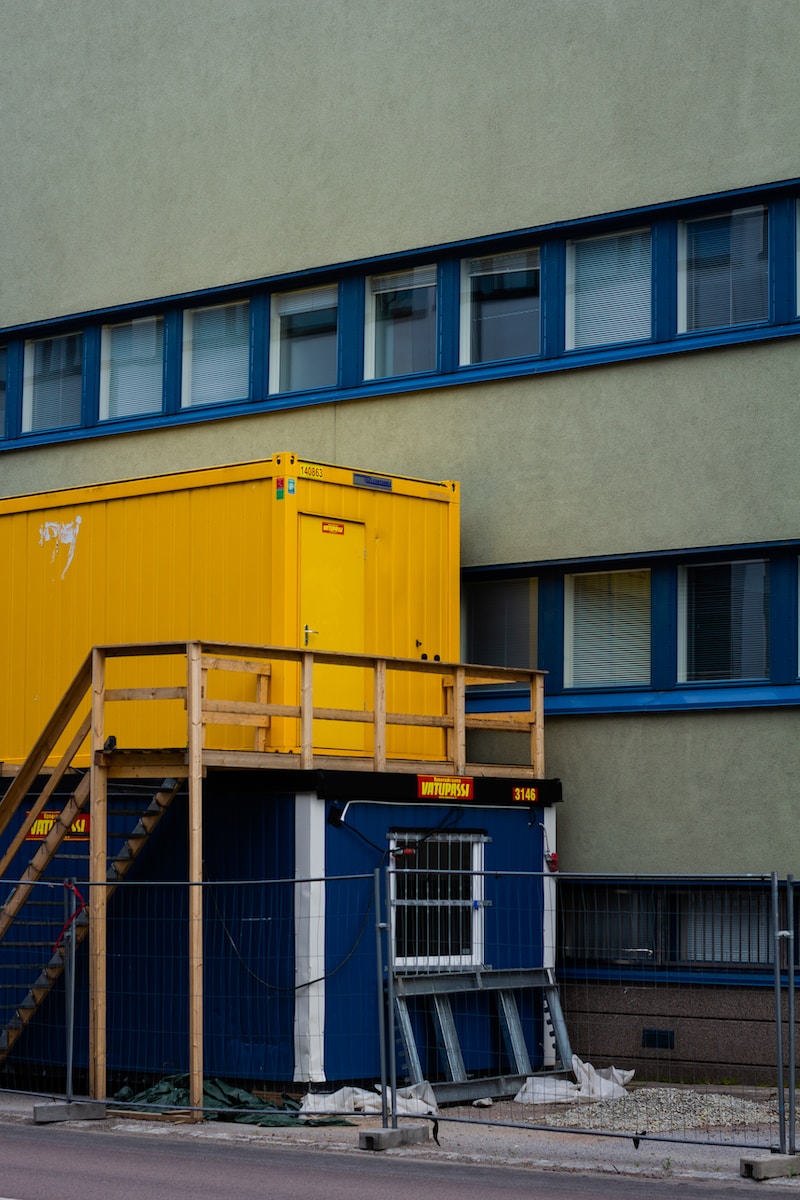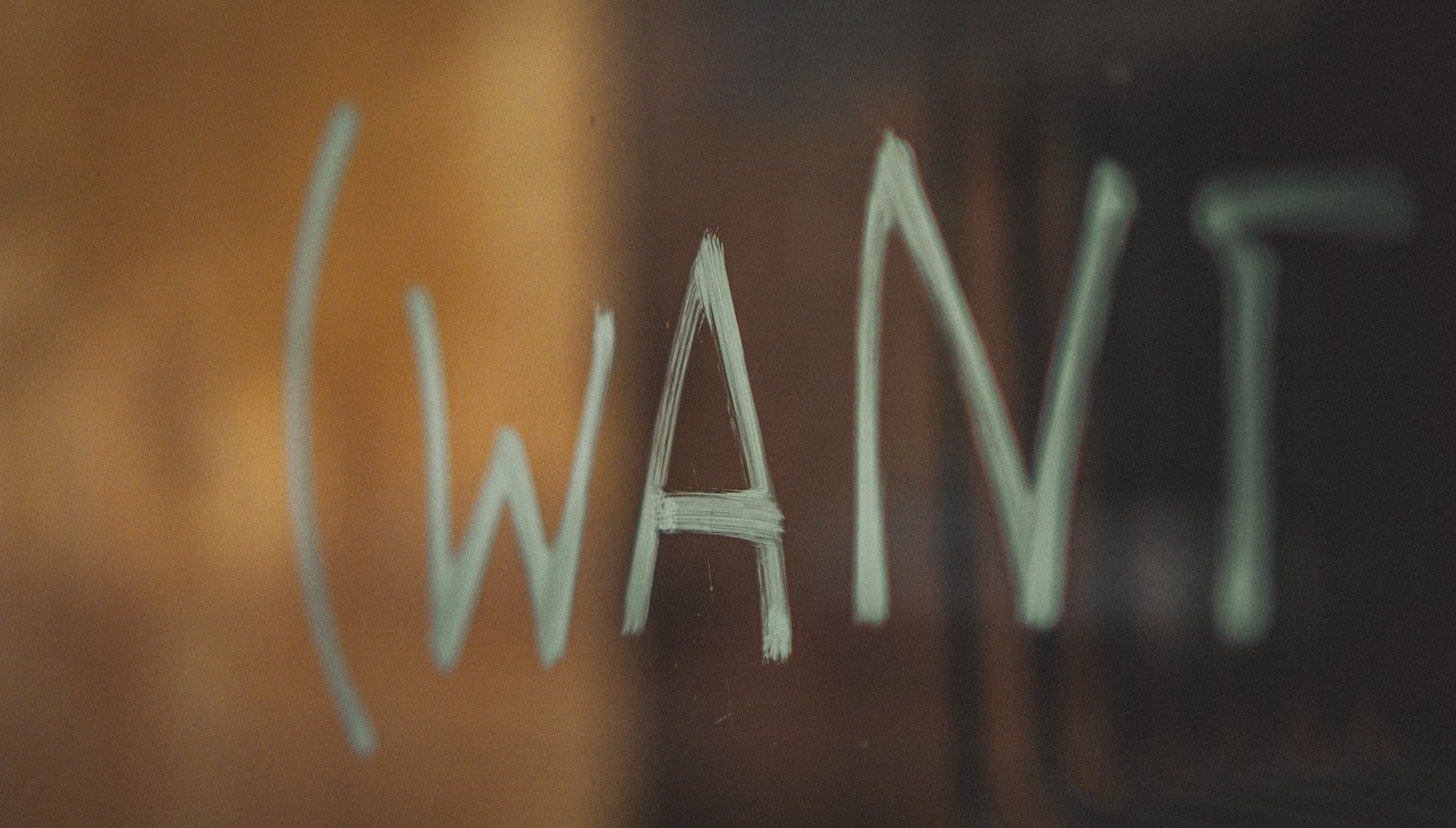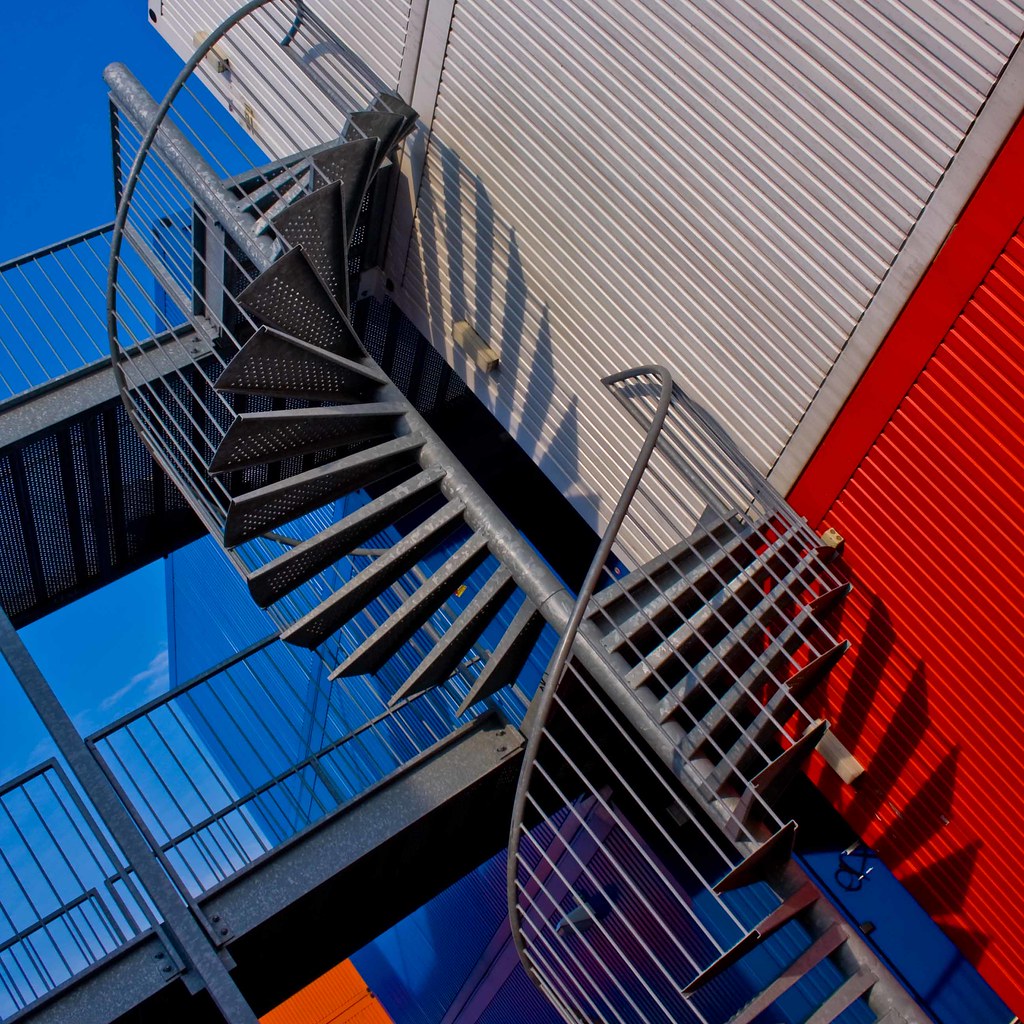Hello fellow container home enthusiasts! I’m Emily Owens, your go-to source for all things container homes for the past four years. Today, we’re diving deep into the exciting world of financing options for your container home project. While creating your dream container abode is thrilling, finding the right financial path to make it a reality can be just as invigorating. So, grab your favorite beverage, cozy up, and let’s navigate this fascinating journey together.
Container homes have gained popularity for their eco-friendliness, durability, and affordability. But, no matter how budget-friendly your project might be compared to traditional homes, it’s always helpful to explore your financing options. After all, not everyone has a treasure chest buried in their backyard.
Traditional Mortgage Loans
Let’s start with the classics, shall we? Traditional mortgage loans are an option for container homes, although they may come with a few hurdles. Banks and credit unions are usually open to financing container homes, but the real challenge is getting them to understand your unique project. You’ll need to provide thorough documentation, including blueprints, engineering certifications, and a detailed cost breakdown.Example: John and Sarah secured a traditional mortgage loan to build their stunning container home on a picturesque piece of land. It took some persistence and paperwork, but they made it work.
Personal Savings

If you’re fortunate enough to have a stash of savings, this could be your golden ticket. Using your personal savings to fund your container home project eliminates the need for loans and interest payments. It’s the ultimate DIY approach. Just remember to budget wisely and ensure you have enough set aside for unforeseen expenses.Example: Alex and Mia, a frugal couple, decided to dip into their savings account to build their container home. With careful planning, they managed to create a cozy retreat without going into debt.
Home Equity Loan or Line of Credit
:Do you already own a property with some equity? Leveraging your home’s equity through a home equity loan or line of credit can be an excellent way to finance your container home. You can use the funds for construction, and the interest may even be tax-deductible.Example: The Millers, who owned their suburban home for years, tapped into their home’s equity to build a modern container addition in their backyard.
Construction Loans
:Construction loans are designed for building projects and can be used for container homes. They usually have short terms and higher interest rates compared to traditional mortgages, but they provide the capital needed for construction. Once your container home is complete, you can often refinance it into a traditional mortgage.Example: Mike, a DIY enthusiast, opted for a construction loan to build his container home. After a few years of hard work, he refinanced it into a conventional mortgage.
Peer-to-Peer Lending
The rise of peer-to-peer lending platforms offers a fresh perspective on financing your container home. Websites like Prosper and LendingClub connect borrowers with individual investors. While interest rates can vary, this option can be more flexible than traditional loans.Example: Lisa and Tim turned to peer-to-peer lending to fund their container home. The crowdfunding approach allowed them to gather support from like-minded individuals.
Home Construction Kits and Financing
Some companies offer container home construction kits along with financing options. These packages often include everything you need to build your home, from containers to interior finishes, and can be financed through the same company.Example: The Johnsons chose a container home kit that came with financing options, simplifying the process and ensuring they had all the components needed for their project.
Green Financing and Incentive
Container homes are known for their eco-friendly attributes, and this can work in your favor. Explore green financing options and incentives offered by local or federal programs. You might be eligible for tax credits or reduced interest rates if your container home meets certain sustainability criteria.Example: Emily (not me, another Emily!) received a significant tax credit for her energy-efficient container home, which helped offset construction costs.
Personal Loans
Personal loans can be a straightforward way to finance your container home project. They offer flexibility in terms of loan amount and repayment terms, but keep in mind that interest rates may be higher compared to other financing options.Example: Paul used a personal loan to fund his container home project, allowing him to customize the loan amount and repayment schedule to fit his budget.
Crowdfunding and Fundraising

In the age of social media and crowdfunding platforms like Kickstarter and GoFundMe, why not consider tapping into the generosity of your online community? Share your vision, tell your story, and seek contributions from friends, family, and even strangers who believe in your project.Example: Sarah and Mark turned to crowdfunding to finance their container home project. Their captivating story and passion for sustainable living attracted donors from all over the world.
Rent-to-Own or Lease Option
Some companies offer rent-to-own or lease options for container homes. This allows you to live in your container home while making manageable monthly payments, with the option to buy it outright later.Example: Jane decided to try a rent-to-own container home, giving her the opportunity to experience container living before committing to ownership.
In conclusion, there’s no one-size-fits-all approach to financing your container home dream. The path you choose will depend on your financial situation, credit history, and personal preferences. Be sure to research thoroughly, compare interest rates, and consult with financial experts if needed.
Remember, container home projects are not just about building a unique living space; they’re about embracing a sustainable lifestyle and contributing to the future of eco-friendly housing. So, explore your options, stay creative, and most importantly, enjoy the journey of turning a metal box into a cozy home that reflects your style and values. Happy container home building!





















Find Us on Socials